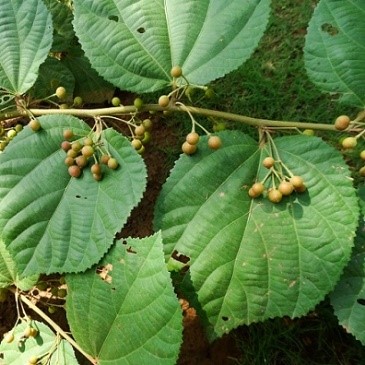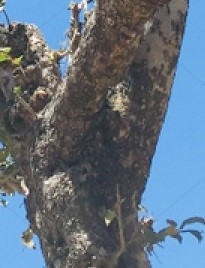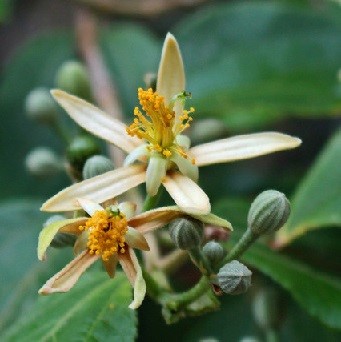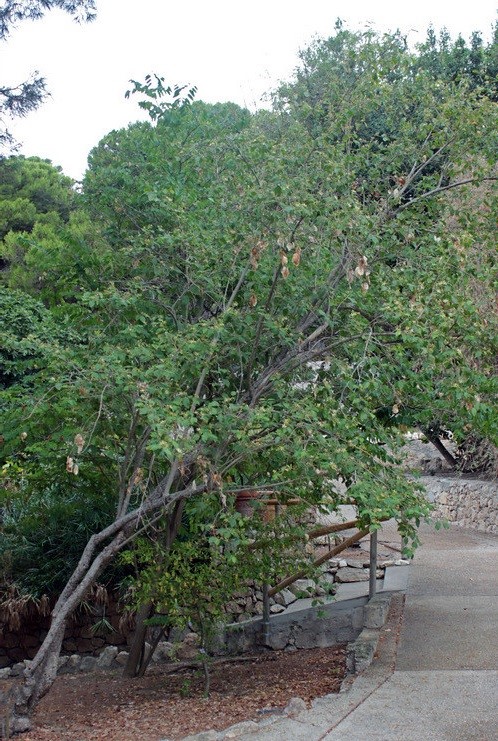Trees
Grewia optiva Drum. ex Burret.
Grewia optiva Drum. ex Burret.
Description :
A
moderately fast growing, small to medium sized, deciduous tree. It reaches
heights of 10 to 12 m with diameters of 3 to 4 cm. The leaves are simple 3.5 to
10 cm by 2 to 6.5 cm. They are slightly pointed, and the edges are toothed.
Each leaf has 3 distinct veins. The bark is white-grey and smooth when young becoming
furrowed with age. The flowers which grow out the branches opposite the leaves
are fragrant, white, yellow to red in color. The fruit is a lobed drupe, each
lobe 4 to 6 mm in diameter. The fruit is dark green turning to black when ripe.
Flowers occur from April to September, while fruit matures between July and
December. It appears to be disease and insect free. It is reproduced from
cuttings and root suckers, and rarely from seed. Seeds have a very low
viability. Diameter growth of 0.7 cm/yr has been observed. It has spiral
grains. Wood is whitish grey in colour, moderately hard and strong.
Distribution :
The
tree is native to Pakistan, India and Nepal. In Pakistan it is common on both
sides of the Indus. Natural stands are found in the hills of Balochistan. KP,
Punjab, and Azad Kashmir. It has also been successfully cultivated in the
plains. A strongly intolerant tree that grows well on well drained sandy to
sandy loam soils and can tolerate droughty sites. It is adapted to a
precipitation zone of 750 to 1200 mm/yr with prolonged periods of drought. It
has a temperature range of -10 to 40°C and is frost hardy. It prefers a
sub-humid, cool to semi-arid, warm sub-tropical winter/monsoon climate, usually
at elevations from 500 to 2500 m.
Uses :
This
is a very valuable tree as it produces both food and fodder and will grow on
poor, and draughty sites. It is sometimes considered an "evergreen" because
as the old leaves drop new leaves develop. It is a critical source of fodder in
the colder periods of the year. The fodder is highly palatable and is used for
forage in the sub-mountainous regions. Also used in tool handles, agriculture implements, fodder, food (fruit), and
cordage. The inner bark is also used to make rope. A good farm forestry tree.



